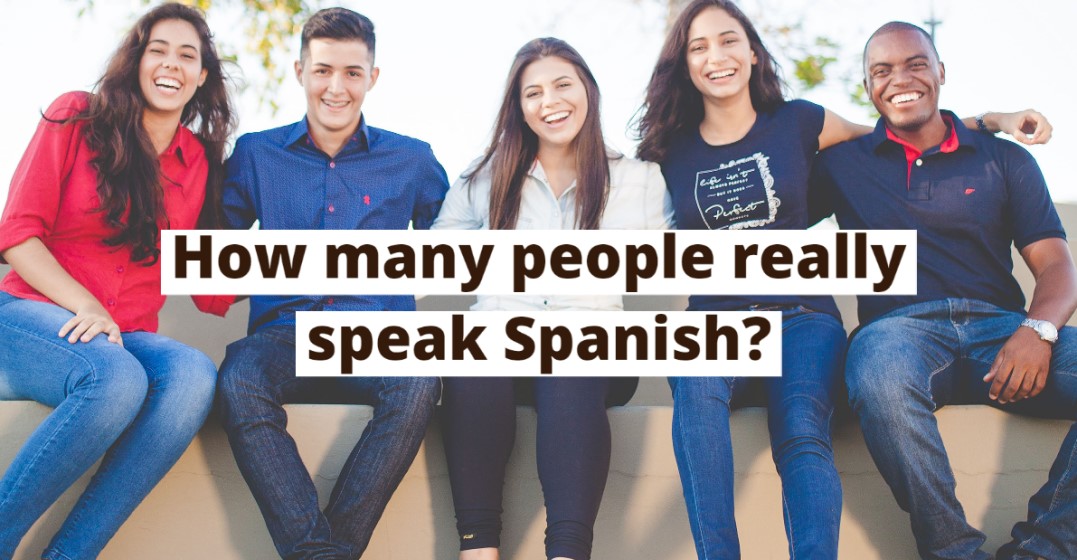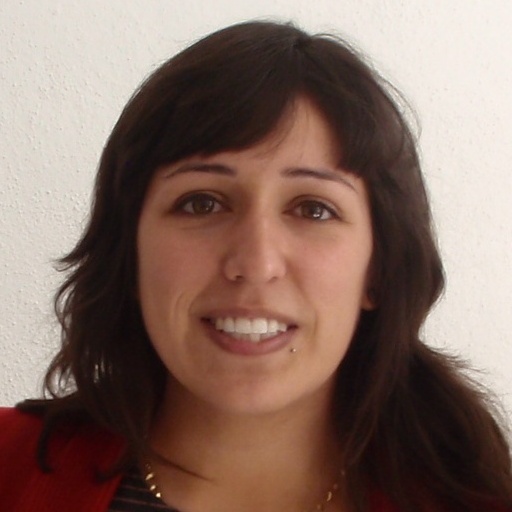How Many People Speak Spanish?

'How many people speak Spanish?' is a well-searched phrase on Google. It has over 340 million hits. Before deciding to learn Spanish online or in a classroom, it seems people want to know if the effort is worth it. Alison, our Spanish specialist answers this important question.













